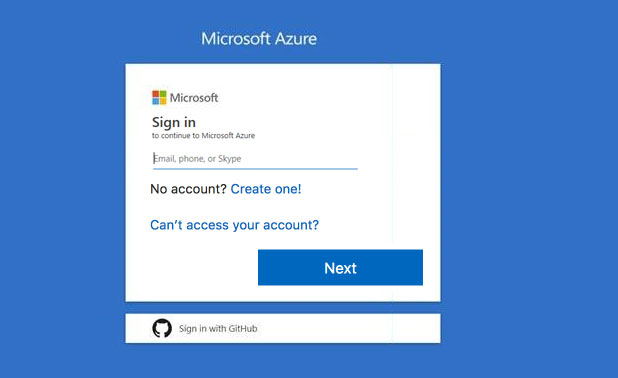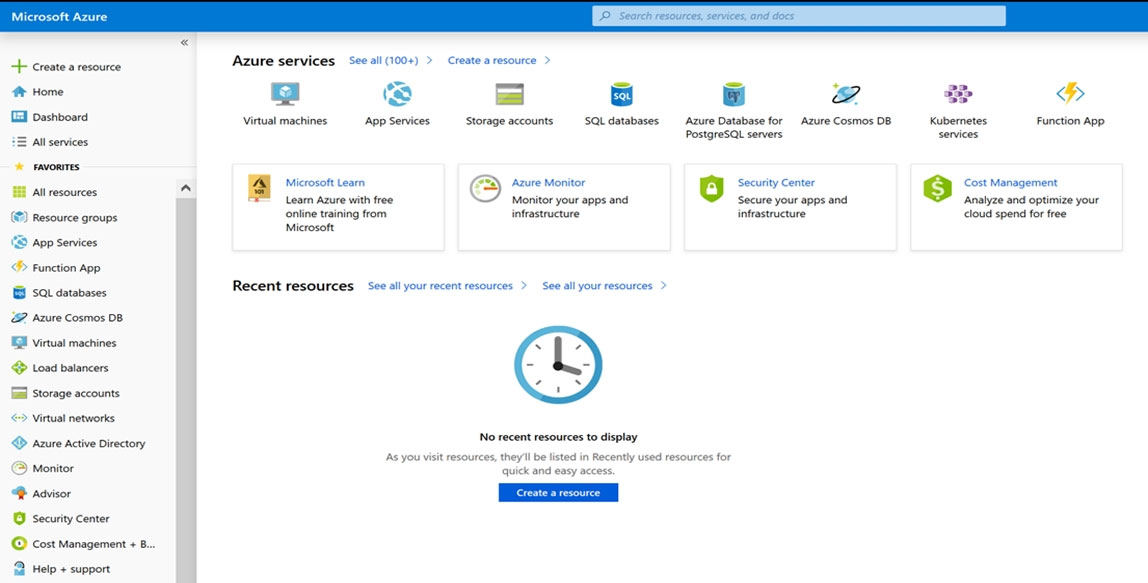

SIMULATION -
Please wait while the virtual machine loads. Once loaded, you may proceed to the lab section. This may take a few minutes, and the wait time will not be deducted from your overall test time.
When the Next button is available, click it to access the lab section. In this section, you will perform a set of tasks in a live environment. While most functionality will be available to you as it would be in a live environment, some functionality (e.g, copy and paste, ability to navigate to external websites) will not be possible by design.
Scoring is based on the outcome of performing the tasks stated in the lab. In other words, it doesn't matter how you accomplish the task, if you successfully perform it, you will earn credit for that task.
Labs are not timed separately, and this exam may have more than one lab that you must complete. You can use as much time as you would like to complete each lab. But, you should manage your time appropriately to ensure that you are able to complete the lab(s) and all other sections of the exam in the time provided.
Please note that once you submit your work by clicking the Next button within a lab, you will NOT be able to return to the lab.
You may now click next to proceed to the lab.

You plan to deploy several Azure virtual machines and to connect them to a virtual network named VNET1007.
You need to ensure that future virtual machines on VNET1007 can register their name in an internal DNS zone named corp9172795.com. The zone must NOT be hosted on a virtual machine.
What should you do from Azure Cloud Shell?
To complete this task, start Azure Cloud Shell and select PowerShell (Linux). Click Show Advanced Settings, and then enter corp9172795n1 in the
Storage account text box and File1 in the File share text box. Click Create storage, and then complete the task.
shapgi
Highly Voted 4 years, 11 months agogeraldhermannerich
4 years, 11 months agoTom033
4 years, 11 months agoneedtopassexam
4 years, 10 months agoNurhun
Highly Voted 5 years, 3 months agodocent
5 years, 3 months agoI
Most Recent 4 years, 4 months agoI
4 years, 4 months agoAjayhub
4 years, 8 months agoGC2020
5 years agobaobabko
5 years, 1 month agoBara2020
5 years, 1 month agoBara2020
5 years, 1 month agoNapoleonBorntoparty
5 years, 1 month agojjkidd72
4 years, 10 months agodocent
5 years, 2 months agoLA1985
5 years, 2 months ago